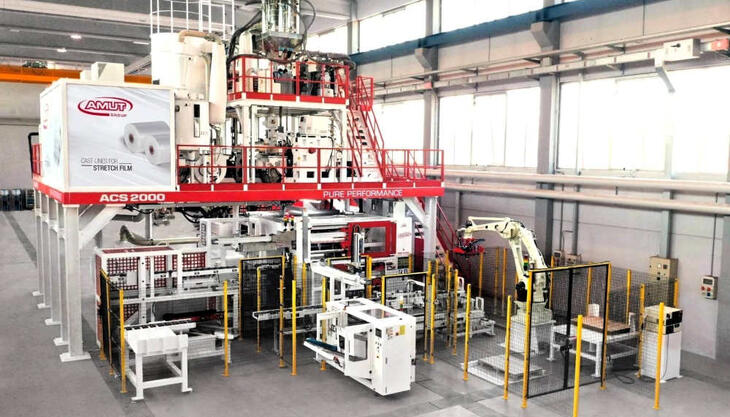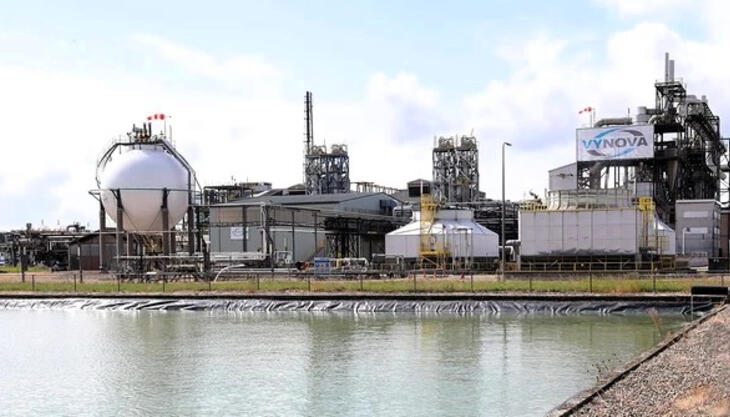Masterbatch market in Asia driven by China

The masterbatch market in Asia has been a remarkable success story within the plastics industry. Over the last 15 years, the sector has been characterised by strong growth in most markets and the evolution of new products and market sectors. This was reported in the recent report Masterbatch Markets Asia 2023 published by AMI.
During this time frame, China has held the position as the dominant market in the region. Indeed, China’s position as the supreme market leader increased as it continuously experienced some of the highest growth rates in the Asian area. These rates were only exceeded by some of the smaller and far less developed markets in the region.
Over the previous decade, the Chinese masterbatch market was on a strong growth trajectory, growing an average of 13.8% between 2013 and 2018. During the last decade, China has also become increasingly self-sufficient and is now a net exporter of all masterbatch types.

Between 2020 and 2022, intermittent regional lockdowns caused some disruptions to the supply chain, but overall, the Chinese masterbatch industry has remained buoyant throughout the global pandemic. According to forecasts, between 2022 and 2027 production of masterbatch in China will continue to exceed consumption over the forecast period. Demand will continue to grow but at slower rates than in the preceding years as the economic growth in China slows down. In such a period, the market will grow on average 3.3% annually.
The growth is maintained by several key market drivers:
- strong support from national industrial policies for industry development;
- increased market demand provides ample development opportunities for the industry;
- popularisation of energy-saving and environmental protection concepts provides opportunities for industry development;
- customisation and functionality;
- increasing demand for high-end black and white masterbatch to replace imports;
- broad application prospects.



















